The Keys to Successful Location Photoshoots
Are you planning a location photoshoot for your company's promotional and branding purposes? You've come to the right place. Here, we will be sharing our insights on how to master the art of location scouting, turning that 'ordinary' place into an extraordinary stage. As we delve deeper, you will discover crucial yet often overlooked factors to consider, such as lighting, accessibility, and setting appropriateness. Throughout this comprehensive guide, our industry experts will equip you with the knowledge and confidence to create memorable photoshoots that perfectly capture your brand's essence. So, whether you're an experienced photography professional, or dipping your toes into this creative endeavor for the first time, we've got you covered.
How to Choose Your Shoot Location: Factors to Consider (Distance, Lighting, Permission)
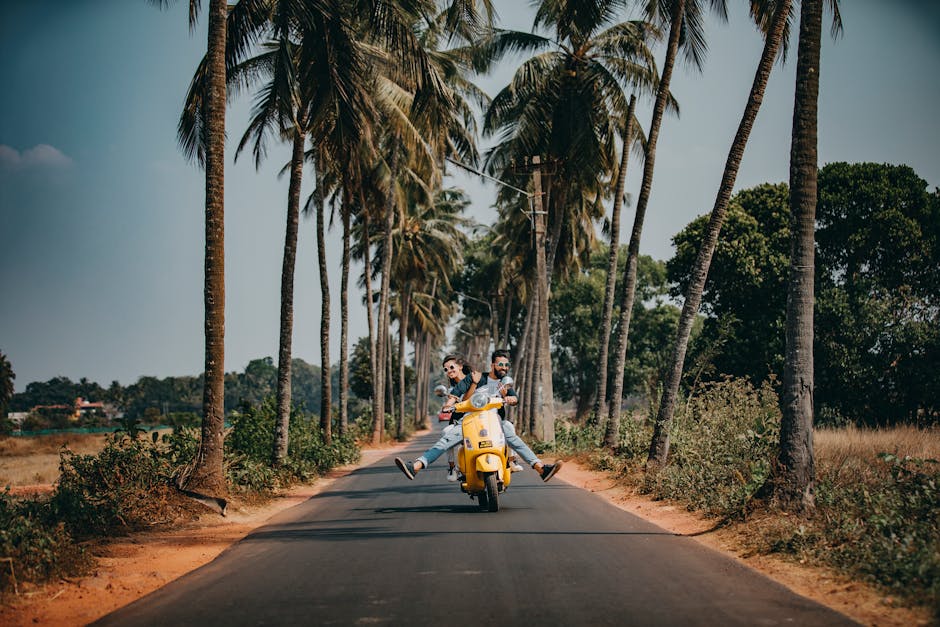
Photo by Ajay Donga on Pexels
Choosing your photoshoot location is not as random as it might seem. A few key factors must be evaluated.
Distance is your first consideration. The location must be convenient to reach for all involved in the project. A long commute could result in a late start, or total absence, disrupting the entire shoot.
Lighting plays a crucial role as well. The position and intensity of natural light can greatly influence the outcome of your images. Ensure that the illumination is right and aligns with the theme of the shoot.
Lastly, don't forget to check if you need permission to shoot at the desired location. Some venues demand pre-booking, or certain payment, etc. Avoid running into legal troubles, by preparing beforehand.
Careful considerations as such can markedly impact your photoshoot.
Indoor vs Outdoor Locations: Pros and Cons
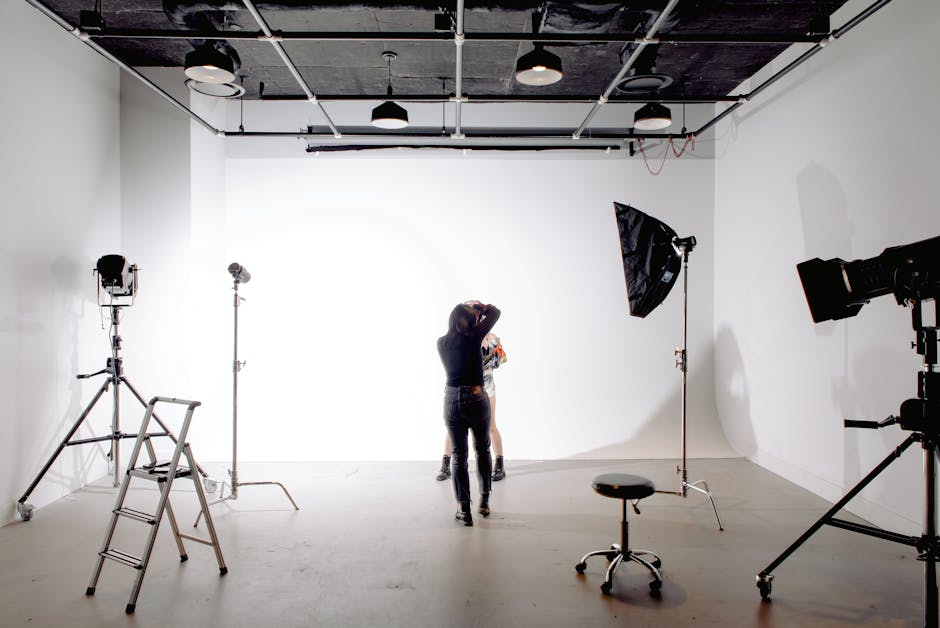
Photo by Harrison Haines on Pexels
Selecting the perfect location is crucial for a successful photoshoot.
Indoor locations offer controlled environments. There's no need to worry about weather, lighting conditions are more controllable, and privacy is guaranteed. However, they can limit creativity due to space constraint, often incur additional cost, and require extensive setup.
Outdoor locations, on the other hand, offer varied and natural backdrops, abundant natural light and allows for more experimental and dynamic shots. But the varying weather conditions can pose sporadic challenges, lighting could be hard to control, and there might be issues with permission and privacy.
Consider your brand's personality, the type of images desired and the logistics involved before finalizing a location. Weighing these pros and cons could help you decide between indoor versus outdoor photoshoots.
Natural Light and Artificial Light: Utilizing Both For Stunning Shots
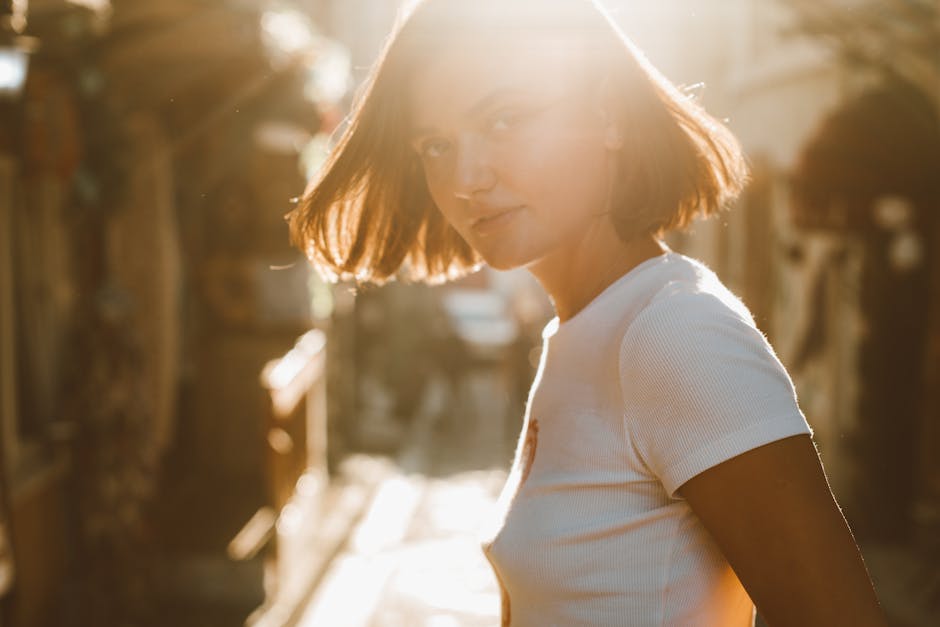
Photo by ROMAN ODINTSOV on Pexels
Natural light and artificial light can both add distinct qualities to your location photoshoots, when used effectively.
Natural light, brimming with authenticity, can bathe your subjects in a wash of radiant colors during sunrise or sunset. It's all about timing. Savor these golden hours for shots that exude warmth and positivity.
On the other hand, artificial light lends you total control over the illumination in your photoshoot. Play with color temperatures and intensity for dramatic effects. Flashlights, LED panels, or studio lights, can help in highlighting certain elements or creating desired moods.
Ultimately, utilizing a blend of both natural and artificial light can lead to stunning shots. Experiment with this interplay, crafting shadows and highlights to add depth and texture to your photos.
Organizing Your Shoot: Creating a Schedule and Checklist
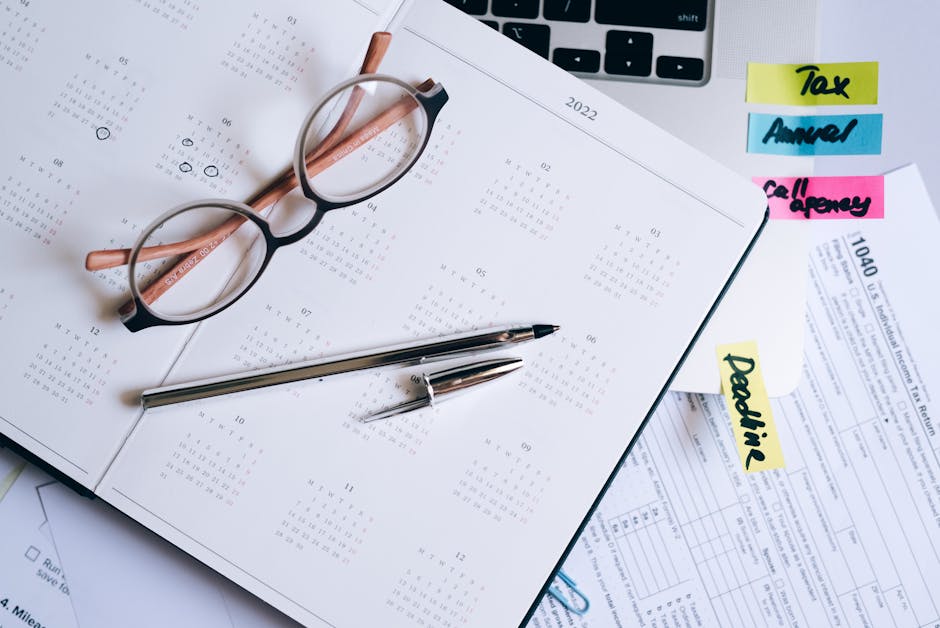
Photo by Leeloo Thefirst on Pexels
Organizing your photoshoot demands strategic planning and a systematic structure. Start by creating a detailed schedule, tailored to cover every aspect of the shoot. Arrange your timeline wisely, accounting for each task's projected time, from setting up to tearing down.
Next, form a comprehensive checklist. This should entail all necessary equipment, props, wardrobe, and personnel needs. Ensuring you have everything lined up will mitigate the risk of missing elements during the shoot.
Remember to factor in break periods during your schedule. This provides your team much-needed rest and refreshment. Furthermore, cross-reference your checklist with your schedule periodically. Double-checking details can save you from potential disasters. A meticulously laid foundation will then give you room to express your creativity. Always remain flexible and open to improvisation - an essential aspect of a successful photoshoot.
By channeling your efforts towards organization and planning, you are on your way to a seamless and successful location photoshoot.
Scouting Your Location: Things to Look For (Safety, Visual Appeal, Accessibility)

Photo by Daniel Xavier on Pexels
Scouting the perfect location for your photoshoot can be a formidable task. Prioritize safety; ensure the place is secure and free from potential hazards. But safety alone isn't enough.
Look for visually appealing settings that resonate with your brand aesthetic. Is the ambiance right? Are there unique elements that excite your lens?
Accessibility is equally significant. Can your team easily access the location? Think about transport, parking spots, and restrooms.
Consider how sunlight or artificial lights interact with your chosen location. Evaluate the suitability for carrying equipment - avoid places that may damage your gear.
Remember, a location that ticks all these boxes enhances your photoshoot, making for a more successful, pleasant experience.
Being Respectful of Locations: Guidelines for Using Public and Private Spaces
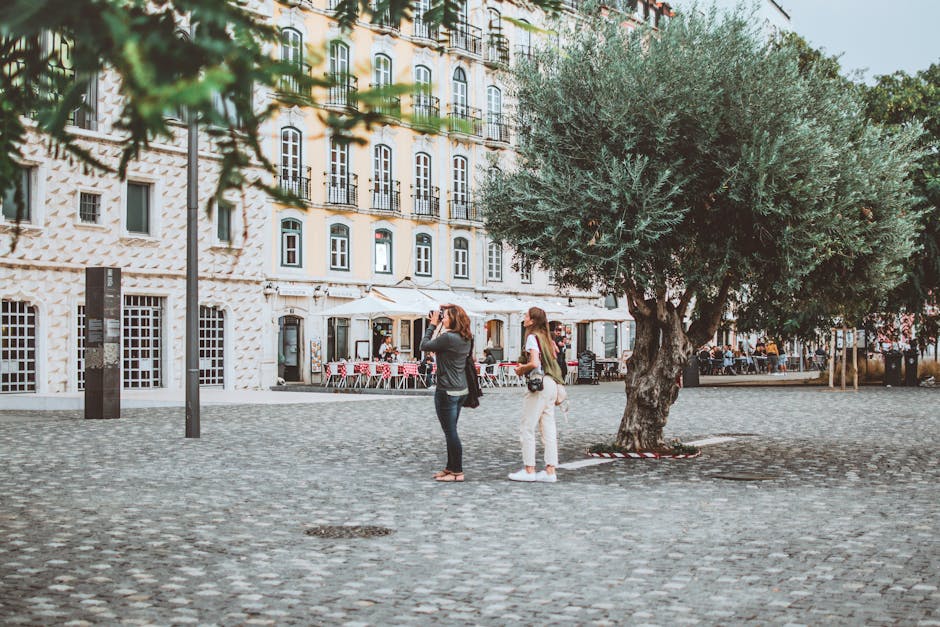
Photo by Lisa Fotios on Pexels
When conducting a location photoshoot, it is quintessential to show respect to both public and private spaces. Ensure you maintain the cleanliness of the area, leaving no trace of your activities once the shoot is concluded.
For public spaces, seek requisite permissions or permits. Remain courteous and considerate, avoiding disruptions to public activities or traffic. Adhere strictly to the rules or guidelines laid down by the authority overseeing the area.
Private locations demand a higher degree of respect. Prior to the shoot, establish clear communications with the property owner. Discuss your plans, seek permissions, and commit to their regulations. Ensure the property is left exactly as it was found, if not better.
Remember, as a photographer, you are the ambassador of your profession - your actions can impact the way others perceive the community. The golden rule here is - Respect the space, respect the rules.
The Importance of Back-up Locations: What to Do If Your First Option Isn’t Available
Even the best-laid plans can go astray. In the world of location photoshoots, this is a truth that stands unchallenged.
Despite rigorous planning and scouting, unforeseen situations like bad weather or last-minute closures can lead your perfect venue to be suddenly off-limits. In these situations, having a back-up location becomes invaluable.
Acting swiftly is crucial. The moment you're notified about the change, relay the new direction to your team. Brief them on the different angles, shades, and perspectives the back-up location offers.
Remember, creativity doesn't dwell in perfection. It blossoms in the act of finding beauty and opportunity in the unexpected. Back-up locations are not just plan B - they are an avenue for a fresh expression of your vision. Don’t be burdened by change - embrace it. This fluidity might lead you to discover something unique and highly impactful for your campaign.
Pack Essentials for Location Photoshoot: Essential Gear and Props

Photo by Tim Gomes on Pexels
Whether you're a seasoned professional or a budding newbie, having the right gear and props for your location photoshoot is paramount. It can make the difference between an okay shoot and an exceptional one.
Firstly, invest in a sturdy photograph case. It should be capable of storing the basics – camera, lenses, spare batteries, and perhaps a laptop for quick edits.
Next, consider your lighting. A good reflector can work wonders to enhance natural light, and a portable LED light will fill in the shadows when necessary.
Two other essentials are stands and clamps - they are great for holding pieces in place or elevating your camera for that perfect shot.
And lastly, don't forget your props! From everyday items to unique backdrops, they are invaluable for injecting creativity and context into your shots. They should be thematically aligned and chosen with purpose.
Remember: each photoshoot is unique.


